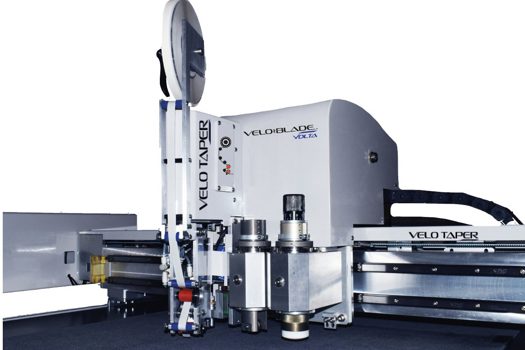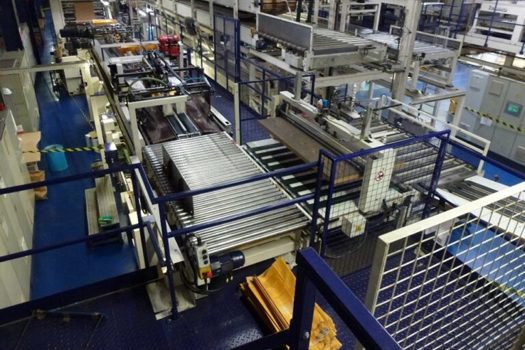Flint Group has announced a 6% price increase in its offset energy curable inks and coatings across North America, BASF has raised prices for bismuth vanadate pigments and preparations by 15% around the world, and German ink manufacturer Hubergroup made price increases of 6%-8% across its portfolio.
Coming in the wake of Sun Chemical increasing prices for its UV and electron beam inks by 4%-6% in Europe last week, this has led UK companies and trade organisation the British Coatings Federation (BCF) to express concern for the ongoing impact on the print market.
“There have been very large raw material price increases in 2016 through to 2018 affecting many key raw materials used in the manufacture of printing inks,” said BCF chief executive Tom Bowtell. “Some Epoxy Resin prices are currently up nearly 20% on this time last year, on top of similar increases in 2017. And there are even more examples.
“Ink manufacturers are constantly looking at ways to improve the efficiency of their printing inks by working closely with their customers and this is something printers can discuss with their suppliers.
“We monitor key raw material price trends using an independent organisation to collect the data, but we cannot advise member companies on how they should use the data or react to it.”
Oil prices are forecast to be 27% higher in 2018, which also led Bowtell to predict that raw material prices would continue to rise.
“As an industry this is something we have to live with,” he said.
Flint Group and Hubergroup referred in their statements to a “powerful domino effect” emanating from shutdowns at raw material manufacturing companies in China as a result of the country’s ‘Blue Skies’ initiative to cut air pollution.
“As the year has progressed, the challenging supply chain for photoinitiators, monomers and oligomers has hit raw material suppliers harder than expected,” said Flint vice-president of sales for North America Mike Green. “Supply is tighter than ever, and, as a result, raw material costs have increased substantially.”
The three latest announcements from Flint, Huber and BASF came with reassurances that all required raw materials had been secured for the time being, though at a higher cost which had to be passed on to consumers.
“While Hubergroup is working intensively to cover the supply shortage and work on alternative solutions, this situation now reached a level where we cannot mitigate cost increases in our product portfolio for energy curing products,” said Huber director of product management Carsten Zölzer.










